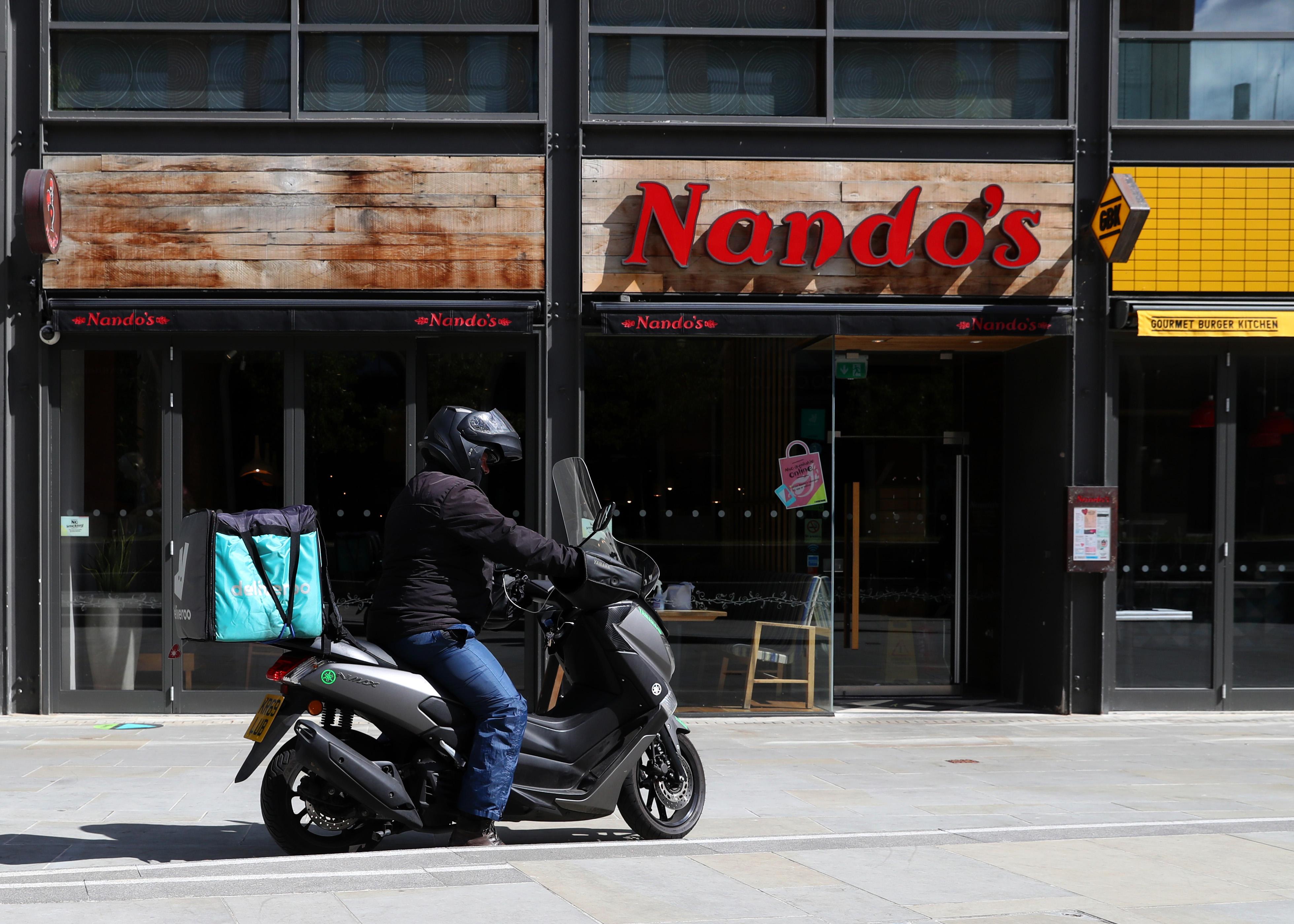Why Is There a Poultry Shortage? It's a Perfect Storm
A poultry shortage is causing long-term impacts in the restaurant industry. What's the root cause, and how is it impacting consumers?
Aug. 26 2021, Published 11:16 a.m. ET
The price of chicken has been causing rubberneck syndrome in the meat aisle for months. In May, poultry prices were up about 11 percent YoY. The cost increase is due to a supply shortage, and it isn't over yet.
Now, the ongoing poultry shortage is causing long-term impacts in the restaurant industry, and it's impacting many Brits' ability to snag a cheeky Nando's. What are the root causes behind the global chicken supply chain issue?
Nando's to temporarily close 50 stores due to the poultry shortage.
Chicken restaurant chain Nando's announced this week that it's closing 50 stores across the U.K. (including England, Wales, and Scotland). The poultry shortage has a lot to do with it, playing a role in the company's inability to resolve the supply chain issues plaguing its industry.
Other factors in the temporary store closures include transportation issues following post-Brexit border rules, a multifaceted truck driver shortage, and—of course—the COVID-19 pandemic.
However, Nando's is putting the poultry shortage at the top of its list of woes.
Labor and product: The shortages behind the poultry lull are two-fold
The poultry meat shortage traces back to two key factors—a labor shortage and a chicken shortage.
In early August, more than 10 million jobs sat open in the U.S. Worker wages are rising in sync with inflation (and making up for lost time, considering the federal minimum wage hasn't increased since 2009). Unless business owners keep up, they risk losing out on valuable labor that keeps the supply chain moving.
The poultry industry isn't immune from this. From Tyson to Purdue to Sanderson Farms, labor shortages are seeping into the supply chain, which causes products to fall behind and prices to go up.
The workforce isn't entirely to blame, though. There's also the issue of an actual shortage of chicken. Hens are laying fewer eggs, hatch rates are lower, and producers can't keep up with demand. Roosters and hens alike aren't meeting human demand, and it's causing a pressure point in the supply chain.
Speaking of poultry demand
Yes, labor and product supply are both down. However, there's also the issue of increased demand for chicken in the U.S. and abroad. Despite the COVID-19 Delta variant causing increased isolation in many countries, the food sector is seeing a pump in performance. The size of the food service industry has increased 31 percent over last year. Chicken is a big part of the equation, both for restaurateurs and home cooks.
The poultry shortage is a perfect storm.
Ultimately, the poultry meat shortage is a multitudinous issue, one that just so happens to be concentrating because the conditions are right.
For consumers, this means higher prices in restaurants and grocery stores. For restaurants, this means tightening the bottom line with temporary dining room or store closures. For producers, this means making up for lost value any way that they can, even if that means purging the loss onto individual and institutional buyers.


